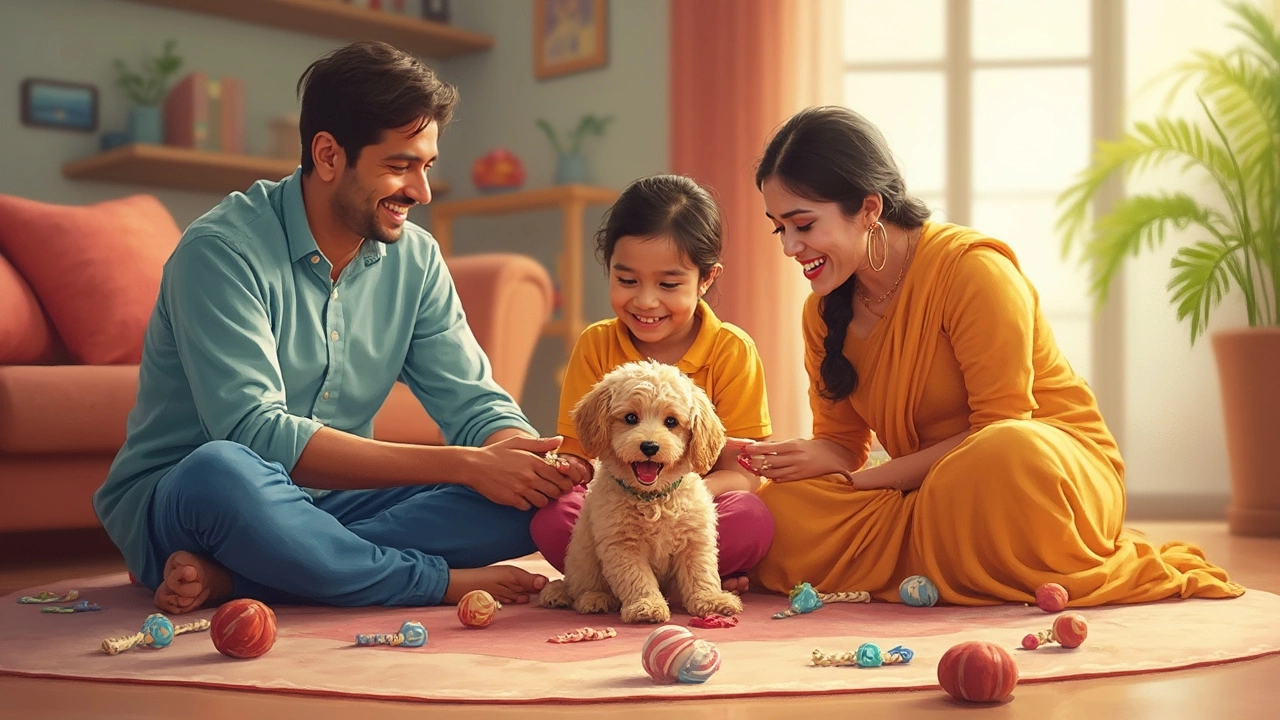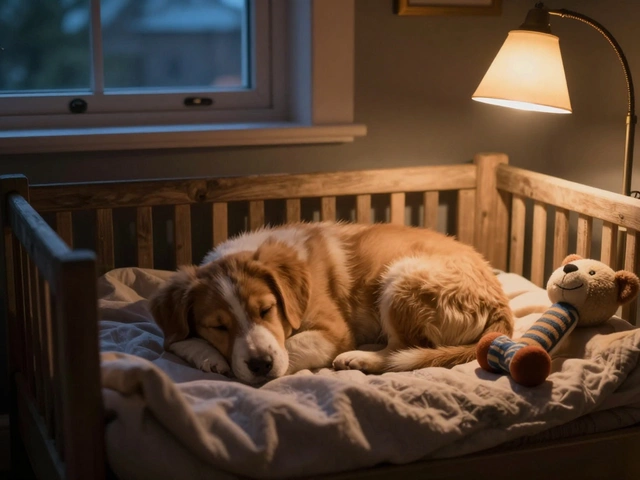Puppy Chew Toys – What to Choose and How to Use Them
Getting a new pup means endless chewing. A good chew toy keeps teeth clean, burns off energy, and saves your shoes. Below you’ll find quick tips on picking safe toys, what to avoid, and how to make playtime work for training.
Why Chew Toys Matter for Puppies
Puppies explore the world with their mouths. Their baby teeth are still growing, so they need something soft enough not to hurt gums but sturdy enough to last a few weeks. Chew toys also help redirect the urge to bite people, which makes socializing easier. A chew session can tire a pup out, so you’ll see fewer destructive moments when you’re not home.
Another plus is dental health. Toys with texture or nubs massage the gums and knock plaque loose. Regular chewing can reduce the risk of early gum disease, especially if you pair toys with a vet‑recommended dental chew.
Choosing the Right Chew Toy
Start with size. A toy that’s too small can be swallowed; a toy that’s too big frustrates the pup. Most brands label their toys for “puppy” or “small breed”. If in doubt, measure your puppy’s mouth from tip of nose to the back of the jaw and pick a toy that’s a little longer.
Material matters. Rubber toys like KONGs are classic – they’re tough, flexible, and can be stuffed with treats. Rope toys are great for tug‑of‑war but watch for frayed ends. Soft plush toys are fun for gentle chewers, but discard them once they start falling apart.
Avoid toys with tiny parts, painted surfaces, or strong scents that can irritate sensitive noses. Look for BPA‑free, non‑toxicity certifications. If your puppy is a heavy chewer, opt for toys advertised as “durable” or “indestructible”.
Once you have a toy, introduce it slowly. Let your pup sniff it, then encourage a bite by moving it around. If they love it, toss it a short distance to start a game of fetch. Use the toy during training sessions as a reward – it’s a better incentive than a food treat for dogs that get bored quickly.
Rotate toys every few days. Keeping the selection fresh prevents boredom and reduces the chance of the puppy chewing something they shouldn’t. Store unused toys in a basket and swap them out after a play session.
Finally, inspect toys daily. If you see a shredded tag, a broken squeaker, or any sharp edge, toss the toy. A safe chew toy should feel solid, not flimsy. Regular checks keep surprises out of the mouth and keep your pup happy.
With these basics, you can pick chew toys that match your puppy’s size, chewing style, and training goals. Happy chewing!

Best Chews for Puppies: What Vets Actually Recommend in 2025
Vets share what puppies should really chew on, with genuine advice for teething, safety, and happy pups. Learn which toys and treats actually work.
read more
Safest Puppy Chew Toys: What Should Your Puppy Really Be Gnawing On?
Figuring out what’s actually safe for a puppy to chew on can be confusing, but making the right choice matters for their safety and your peace of mind. This article breaks down which chew toys and materials are safest for growing pups and shares tips for picking what works best at different ages. Discover which things to avoid, why some toys are surprisingly risky, and smart ways to help with teething pain. You'll get real-world advice from a fellow dog parent, plus expert-backed info to keep your puppy happy and healthy.
read more



